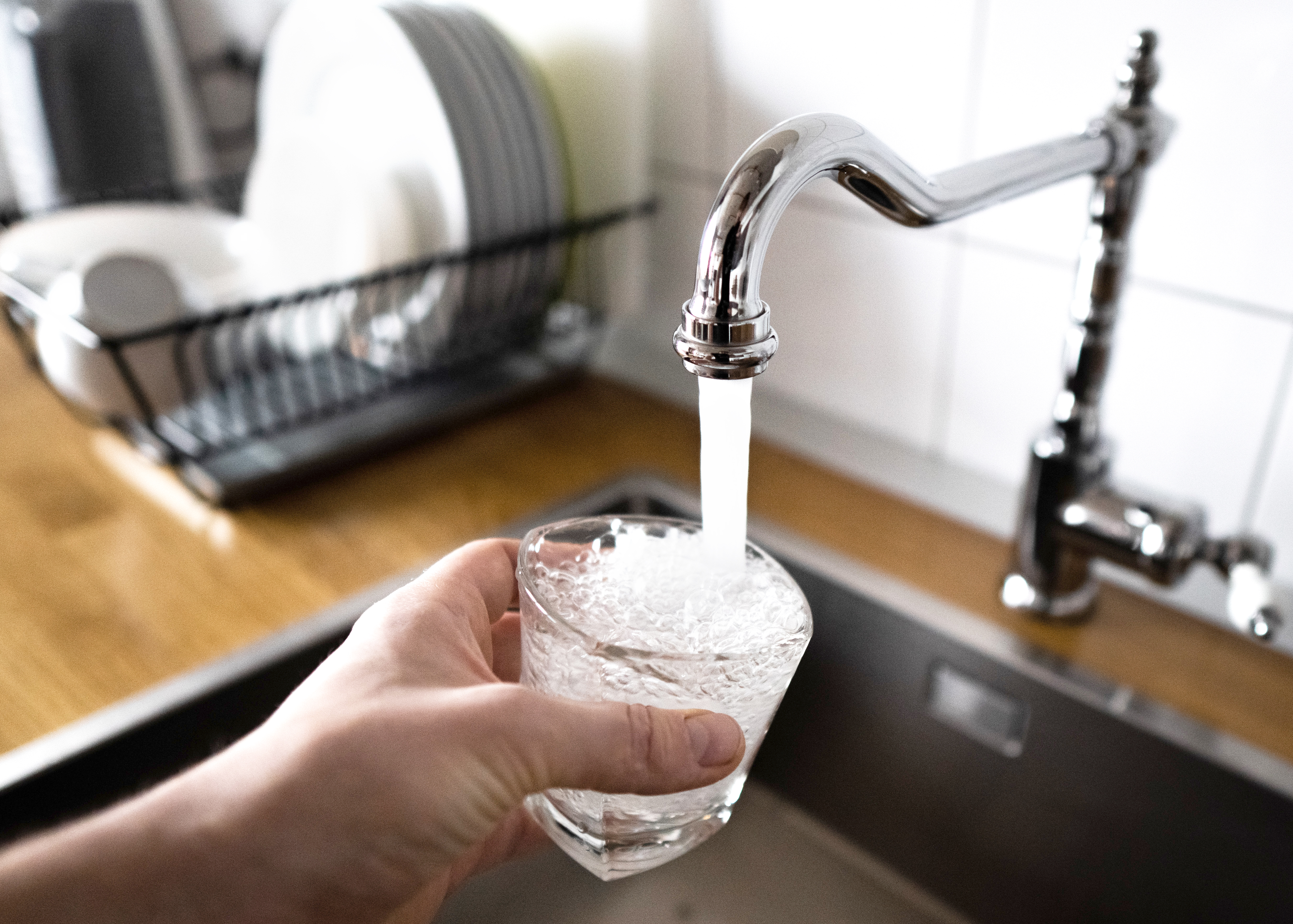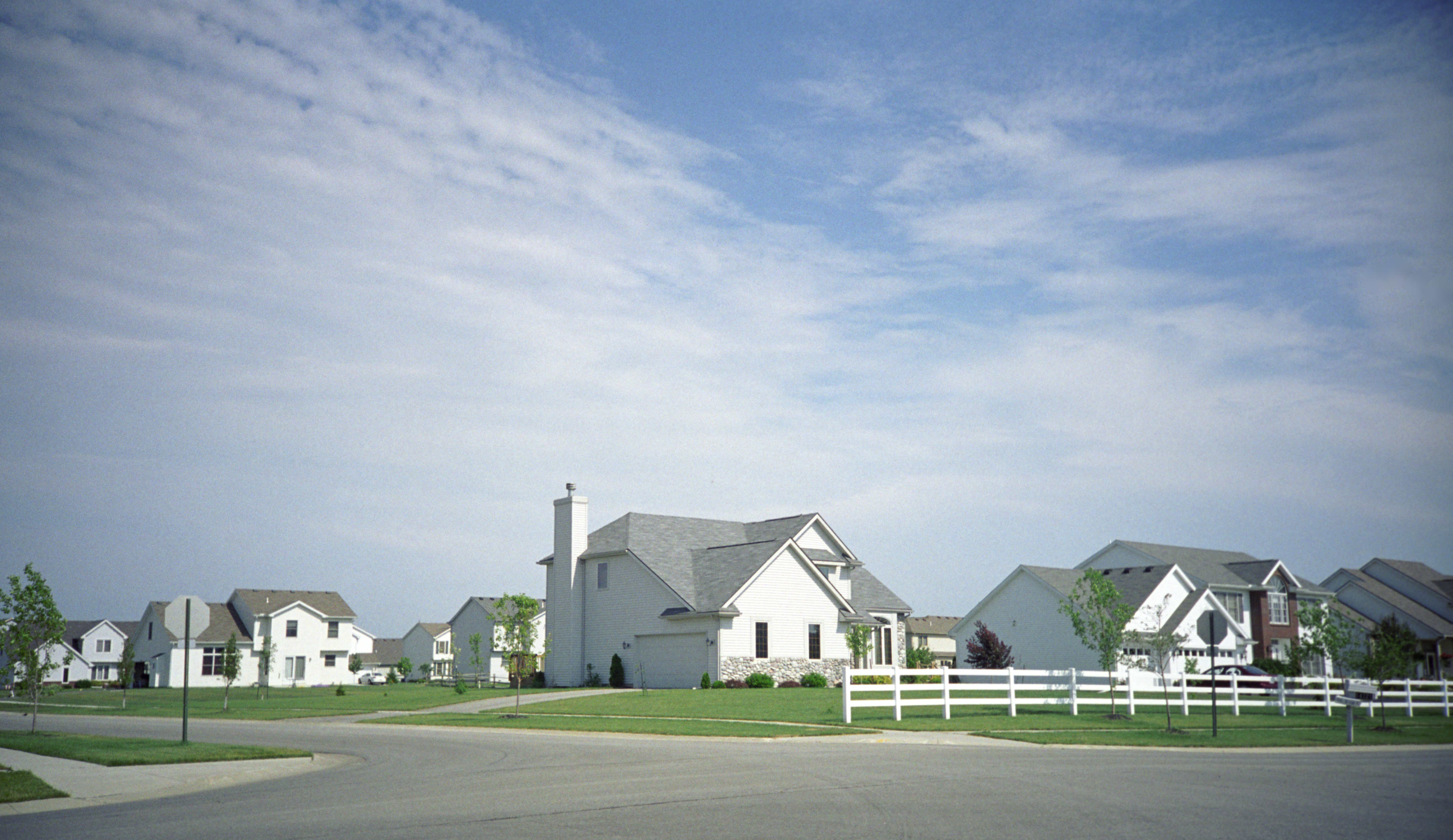
Learn about main water line repair costs in Columbus and what affects pricing to be prepared before you start getting estimates.
With enough plumber’s tape, anything is possible


A leaky pipe can be a homeowner’s worst nightmare. But in some cases, plumbing problems can actually be fixed (even just for the night while you wait for a professional) with the help of a hardware store heavy hitter: Teflon™ plumber's tape.
This mighty tape creates a watertight seal between pipe connections and can significantly reduce your chances of encountering a leak. Read on to learn the different applications for plumber’s tape, how to use plumber’s tape, and helpful tips and tricks.
Teflon™ plumber’s tape is a specialty tape made of Teflon™. It’s used on threaded pipe connections to help create a tighter, leak-proof connection between fittings.
Teflon™ is the brand name for PTFE thread seal tape—another name for plumber’s tape—that stands for polytetrafluoroethylene.
If you're wondering what Teflon™ tape is used for, it is most often used on pipe threads to create a watertight seal between pipe connections. You can use it on any threaded pipe or fitting connection—regardless of whether it carries water, gas, or air—including:
Faucets
Showerheads
Radiators
Water valves
Pipe-to-pipe connections
Pipe-to-valve connections
and more
Besides the advantage of a watertight seal, applying plumber’s tape also makes it easier to disassemble a pipe connection in the future.

Applying plumber’s tape to a pipe connection seems fairly straightforward, but following the proper procedure is essential to achieve a secure seal. If you want to avoid paying for the cost of a plumber, follow the process for how to use Teflon™ tape detailed below.
To ensure the plumber's tape fully adheres to the pipe threads, clean the threads with a clean rag. If there is any built-up debris or residue, spray the threads with an all-purpose cleaner, then wipe clean.
Clean the pipes' interior and exterior threaded connections and wait for them to dry before proceeding.
It is important to position the tape on the thread correctly before applying it. Wrap the tape around the threads in the same direction as the pipe will be turned while connecting it.
For instance, if the pipe is tightened by turning it clockwise, wrap the plumber’s tape clockwise around the threads. Doing so ensures the tape tightens as the pipe is threaded rather than unraveling.
After determining the direction to apply the tape, place the end of the plumber’s tape on the second thread from the end of the pipe. Hold the end of the tape with your thumb and the roll of tape with your other hand.
Begin to wrap the tape around the threads. Keep it tight and slightly overlap the previous piece of tape as you wrap it to ensure there are no gaps. Stop applying the tape once all the pipe threads are covered.
Pull the tape roll away from the tape on the pipe to break it off. If you have any trouble, use a pair of scissors. Press the tape down with your fingers to ensure it adheres fully to the pipe threads.
If the tape is not sticking properly or there are frayed edges, take off the tape and start the process over with new tape to make sure you get the application right.
Plumber’s tape comes in different colors to easily signal what type of pipes and connections it should be used for. Each color varies in its density and width, so it’s important to use the right type for the job.
| Color | Benefit | Used for |
|---|---|---|
| White | Single density | Standard plumbing jobs |
| Red | Triple density | Larger joints or pipes with a diameter of 1/2 to 2 in |
| Yellow | Double density | Gas lines |
| Green | Grease- and oil-free | Oxygen lines |
| Gray/silver | Prevents seizing | Stainless steel, brass, and aluminum pipes |
There are other types of tape that plumbers use, like heat tape for pipes. This tape helps prevent pipes from leaking through self-regulation.
But, generally, white plumber’s tape is the standard for most jobs.
Incorporate these tips when using Teflon™ tape on pipe connections to make sure you get it right and create a solid seal, which can avoid the cost of repiping a house.
Go the right way. Make sure to wrap the plumber’s tape onto the pipe in the same direction as the pipe tightens. This way, the tape tightens with the pipe rather than unraveling during connection.
Apply thoughtfully. Start applying the tape on the second thread closest to the end of the pipe. Placing the tape too close to the end of the pipe can block the flow of water, gas, or air that runs through the pipe.
Don’t use too much. Do not overwrap the pipe. Depending on the size of the threads, you will only need three to six wraps around the pipe for a proper application.
From average costs to expert advice, get all the answers you need to get your job done.

Learn about main water line repair costs in Columbus and what affects pricing to be prepared before you start getting estimates.

Discover the leading factors affecting your main water line replacement cost in Columbus, including length, material selection, and installation details.

Learn how much plumbers cost in Columbus, Ohio. Discover pricing for faucet repairs, pipe work, and emergency services, plus how you can save money.

Your shower pan is an unsung hero that can prevent leaks and flooding in your bathroom. Learn how to spot a leaking shower pan and ways to fix it.

Want to get water down your drains quickly and efficiently? You need the right sink drain pipe size. Learn here how to find the right size and how to measure.

Range hood dripping water? You may have damaged flappers or need more insulation. Find out what’s causing the problem and call the right professional to fix it.